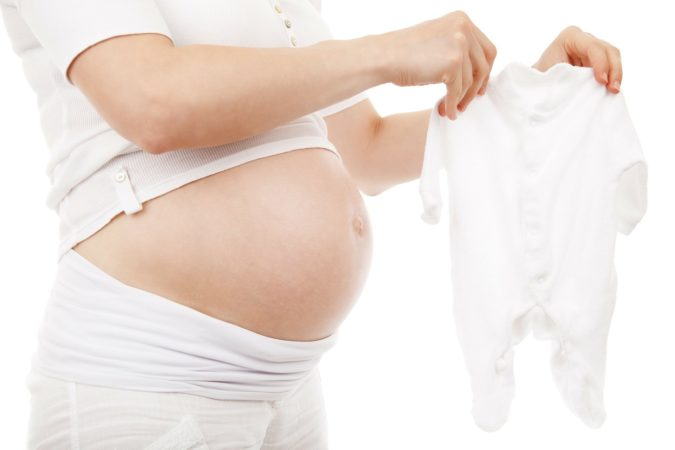Are you thinking about starting a family but aren’t quite sure about the right amount of time to leave between each pregnancy? While no two women are the same, there is a general consensus to be had about spacing pregnancies.
How To Measure Short and Long Interpregnancy Intervals

Image from https://www.romper.com/
An interpregnancy interval is a time between pregnancies from the end of the first pregnancy to the conception of the subsequent pregnancy. This time interval may be termed long or short.
Interpregnancy intervals are deemed short if they are between 18 months and two years. For a long interpregnancy, the definition isn’t quite set in stone. This is when a woman has children with a time spacing of anywhere from two to five years.
It’s key to note that time spacing for women in developed countries does not generally pose major pregnancy complications. Complications may occur in two to three percent of cases, but up to 97% of pregnancies are healthy.
However, problems may occur when interpregnancy intervals are shorter than recommended. Shorter interpregnancy intervals (i.e., less than six months) are associated with preterm babies, stillbirths, and small babies. It is also worth noting that longer interpregnancy intervals that exceed five years can also lead to increased episodes of pre-eclampsia, small newborns, and preterm births.
What About Other Factors?

Image from https://redtri.com/
When considering pregnancy complications, there is more to be factored in apart from interpregnancy intervals. The woman’s age and fitness are equally important. Older women should definitely not have interpregnancy intervals shorter than six months. Pregnancy is stressful on a woman’s body, emotionally and psychologically as well as physically. A woman needs sufficient rest before attempting another pregnancy.
What are the risks of spacing pregnancies too close together?

Image from https://joolaylife.com/
Spacing pregnancies too close together brings about a ton of problems. A run-down of some of the more common issues include
- Preterm deliveries
- Placental abruption
- Small babies with low birth weight
- Infant congenital disorders
- Schizophrenic children
- Anemia in mothers
Pregnancies that are too close together (less than six months of interpregnancy space) greatly increase the risk of disease and congenital problems. Allow yourself the time to heal and recuperate before attempting to have another child.
What’s the best interval between pregnancies?

Image from https://www.womenshealth.com.au/
Looking at everything discussed, the question of how long to wait between pregnancies deserves an answer. Researchers encourage women to wait 18 to 24 months before they try again. Aim to keep the spacing between children less than five years. If you’re a woman 35 years and above, after 12 months you should start trying again.
It must be mentioned that if you’ve suffered a miscarriage, these timeline recommendations do not apply to you. You are free to start trying again as soon as you feel up to it.
Joy of Life – An Experienced Surrogacy Team
Are you a couple desired to start a family via surrogacy? Our Joy of Life® staff members has been in your shoes before at some point. We are either former surrogates ourselves or former intended parents. For this reason, we here at Joy of Life® understand the journey like no one else. From the emotional, legal, and financial side of things, we can share this process with you.
Considering surrogacy? Don’t walk alone. Get in touch with one of our friendly members of staff today.









